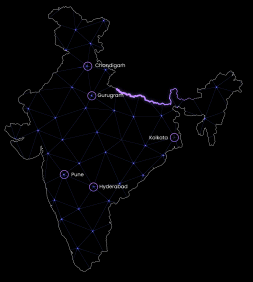Percipient ITSM
Unifying IT and Business Processes with Service Helpdesk
Percipient ITSM is a robust service management platform that takes a comprehensive approach to IT Service Management. It allows users to easily submit, monitor, and manage ticket requests. Following ITIL standards, it serves as a centralized point of contact for users needing troubleshooting assistance, answers to questions, and solutions to known problems. It's a highly scalable and unified platform, offering deployment options tailored to customer needs, whether on-premises or in the public/private cloud.



































